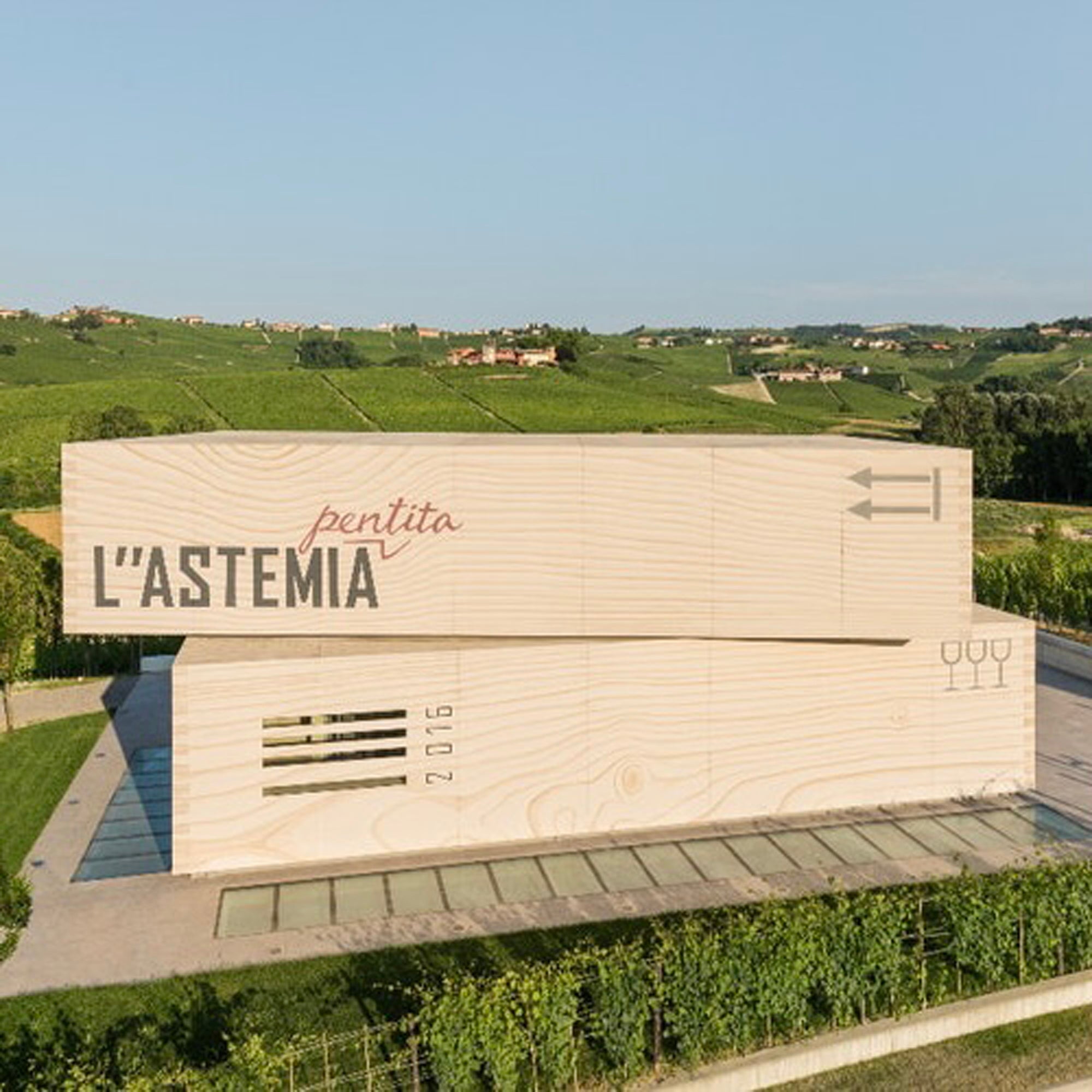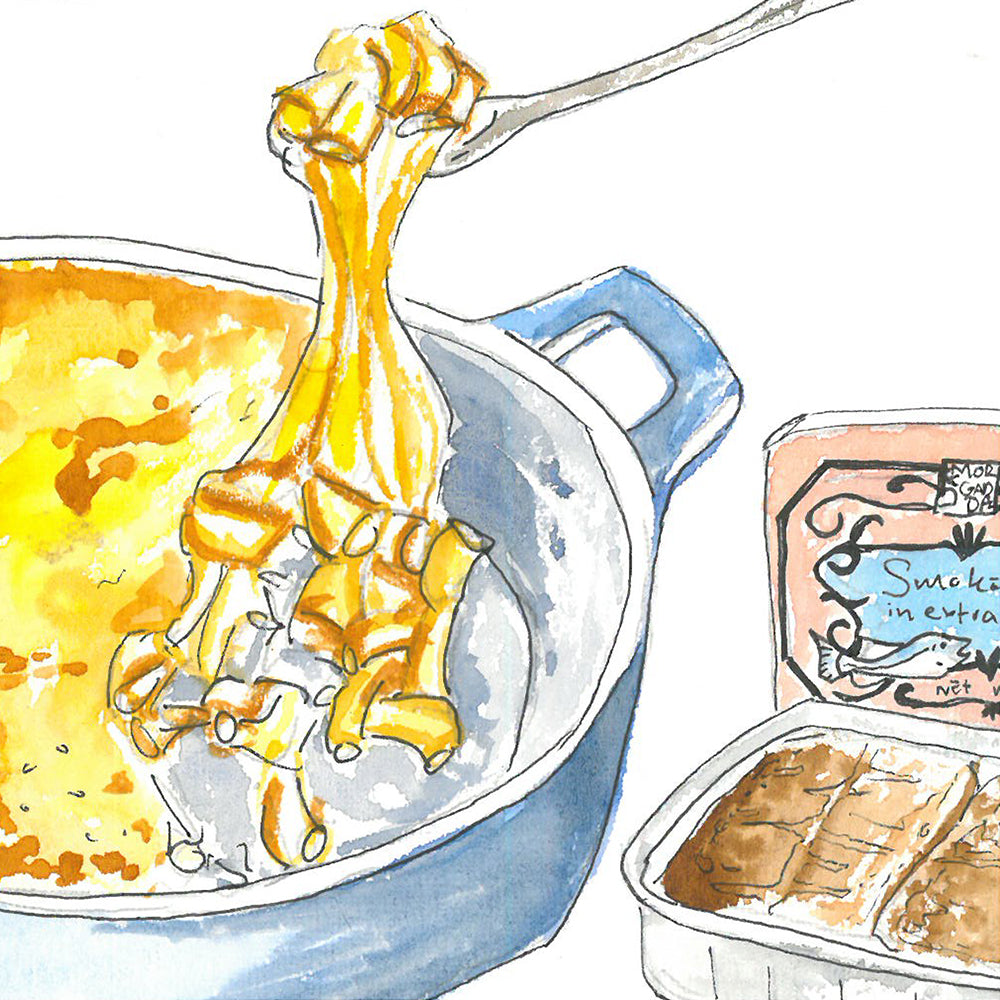To drive through the rolling hills of the Langhe countryside, soaking up the breathtakingly beautiful scenery on all sides, is just one of the pleasures offered so readily by the region of Piedmont in northwest Italy. The land not only produces the most prized hazelnuts, truffles and wines in the world, but it looks and feels stunning while doing it. As you navigate the blanket of hills roads twist and turn, rise and fall, surrounded always by row upon row of grapevine. While these vineyards of Piedmont are among the most valuable in the world, a hierarchy exists between these hills – one based not on height but on terroir. In this hilly region, the soil, microclimate and exposure change every 30 meters, making for incredible variability in the wines produced.
The most prestigious winemaking region within Piedmont is Barolo, producing what is known as the “king of wines” or the “wine of kings”. Made using 100% Nebbiolo grapes, Barolo wines are bold, complex, high in both tannin and acidity and ideal for long ageing. To narrow the focus of terroir yet more, within Barolo are specific crus, with perhaps the most perfect representation of Barolo coming from the hill of Cannubi, at the heart of the region. At this point, you could say these particular wines, Barolo Cannubi, are the best of the best…of the best. Part of the reason why is rooted far, far in the past.
Born 10 or so million years ago, the hills of Barolo are split, belonging to two different geological eras: the Serravallian age to the southeast and the Tortonian age to the northwest. The younger Tortonian soil type generally produces more approachable wines, gentle in tannins and generous in fruit. Meanwhile the Serravallian soils typically yield more intense, structured and earthy wines. And right down the middle, where the clay and sand of these two ancient eras meet and mingle, is the hill of Cannubi. The perfect harmony of Barolo’s two sides, a dance between power and elegance, can be tasted in the bottles made from the grapes of this small stretch of land. With a match this good, it stands to reason that the name ‘Cannubi’ has its roots in the Latin ‘connubio’ - meaning ‘marriage’.
With prized viticulture in place for hundreds of years, based on climactic and geological conditions formed over millennia, it can feel like this landscape and its wines are now unchanging, settled in time. As though this ground was meant to grow grapes and these prestigious old wineries, many of them dusty and steeped in history, were meant to make wine exactly as they do. After all, something very, very good comes of things as they are here, as they long have been, as is tradition. So, while enjoying the beautiful and safely repetitive scenery of the countryside, approaching the crest of Cannubi as it climbs toward the village of Barolo, it comes as a shock to be confronted suddenly by a sight altogether unexpected and bizarre. What appears to be two enormous wooden wine boxes, stacked slightly askew, brashly disrupt the scene. This structure is L”Astemia Pentita, a winery unlike any other in the world, let alone Barolo.
Approach these wine cases and you’ll find one length is glass, with a welcoming entranceway inviting you to step inside and explore. Visitors are settled into bespoke plush chairs, tasting wine alongside local cheeses and charcuterie, overlooking the lush countryside beyond. The design aesthetic of the space is modern and immediately intriguing. A cartoonish sculptural cactus in one corner, a sofa in the shape of giant red lips in the other, floors made of straw embedded in polyurethane, walls lined with wine bottles in strange shapes unlike anything you’ve seen before – this is not your grandad’s winery. Yet this tasting room, although striking, is only the tip of the iceberg. Step downstairs, into the hill the exterior structure is built upon, and the extent of the winery’s magic begins to reveal itself. Two more sprawling floors extend below ground, the earth housing an ageing room, vats, barrels, and bottling lines, with all the latest technology for modern winemaking. But the colorful pop-art aesthetic of the tasting room and exterior structure doesn’t stop where the sleeves get rolled up to do the real work of winemaking – it permeates every inch of L”Astemia Pentita. The walls and ceilings of these cavernous spaces have been meticulously painted by hand, with an array of brightly colored leaves. Vibrant greens on one floor, speckled reds and yellows on the other, mirroring the seasons. Amongst the oak barrels and shining aluminum are more bewildering sculptures and design elements, always unexpected but somehow making perfect sense in this surreal environment. The wonderous nature of the place makes it feel almost like Willy Wonka’s Winery (although the tour is hazard-free). Coming to L”Astemia Pentita is not just a visit to a winery, but a full multisensory experience of Italian design, art, food and wine. It’s a chance to experience a space inhabited by contemporary art objects in an irreverent, playful way while tasting and learning about some of the best wines in the world.
The combination of wine with the world of art and design is not something tacked onto the winery as some kind of marketing ploy but is a concept at the very core of L”Astemia Pentita. The winery is the brainchild of Sandra Vezza, a local woman and successful entrepreneur known also for relaunching Gufram, the iconic Italian interior design brand. Since the 1960s, Gufram has been known for its nonconformist, experimental approach to aesthetic, technological and material research into design objects. It is these playful, whimsical items which decorate the winery, with Gufram’s pop art sensibilities clearly informing the winery’s creative approach. Gufram has long been considered radical – L”Astemia Pentita is no different. For Sandra Vezza, it was natural to think of the winery in the pop art style. How else would the visitor center end up taking the form of two supersize wine boxes atop a hill? Every little detail, every design choice of the winery (and everything has been considered), is truly connected to Sandra’s personality, making it all the more unique. The connection is also a family one – in Italy everything is connected to family – as it is Sandra’s son Charley who has led Gufram’s recent resurgence in the design world.
The outrageous and daring creativity of Gufram is plain to see in L”Astemia Pentita’s own bold choices. Much like the architecture of the winery, the bottle design of these wines is also one of a kind. Notably, their range of ‘pop art’ wines is presented in two shapes: a masculine and a feminine figure. This ‘pop art’ range represents their blends (a rosé, a white and two reds), made using indigenous grape varieties like Nebbiolo, Barbera, Dolcetto and Nascetta. While stating these varieties on the bottle would be a major selling point from the shelf, the regulations on labelling restricted the winery from doing so if using their custom bottle shape. Ever the nonconformist, L”Astemia Pentita chose to sacrifice the classification of these party-friendly wines, instead prioritizing their creativity and individuality through their unique bottle shapes. A bold choice that speaks to their principles and the genuine importance of design to their wine. As Gianni Pettena, one of Guffram’s artists, said “the language of design is the language of eating a proper meal” – and no Italian meal is complete without the right wine.
Aside from the interplay between wine and art/design, there is another curious connection that L”Astemia Pentita represents. That is the connection between past and present, a juggling of tradition and innovation. When it comes to the sometimes conservative world of Barolo, a truly modern winery like L”Astemia Pentita is jarring to many, with its progressive appearance and sensibilities. But for all its high-tech capabilities, sometimes the old ways are the best ways – L”Astemia Pentita understands this well. The bottling line in the winery appears futuristic, robotic and efficient. The labelling though, that’s lined up and done perfectly by hand, on every bottle, relying only on sharp eyes and steady nerves. L”Astemia Pentita knows exactly when to push the boat out, way out, into uncharted waters. But even as bold nonconformists, they also know exactly when to reign it in, to do as has always been done. Understanding the push and pull of old and new, and the delicate balance achieved between the two, is perhaps the genius behind the winery’s success.
This idea is best expressed by the most important part of the whole operation – the wine itself. Their production is quite small, with a focus on quality over quantity and a philosophy that every wine truly reflects the terroir, vintage and grape variety. The process is overseen by legendary enologist Donato Lanati who for over 30 years has developed a methodology based on the scientific study of grapes, the DNA of vines, the land and seasonal trends, but the methods are largely traditional to Barolo. In essence, what L”Astemia Pentita does is use traditional winemaking to make modern wines. Their winery is young; their architecture, presentation, packaging and storytelling are all breaking new ground, in exciting ways. Yet the guiding principle of the winemaking is traditional, understanding the heritage and history within their 20 hectares of Barolo and Cannubi vineyard. It recalls instances in other art forms that similarly represent a capacity for creative forward-thinking while handling the past with respect and understanding. Think 1980s Italo-disco; something which took an established genre of music and combined it with bold new instrumentation, creating a sound ahead of its time which can now be found at the cutting edge of the 21st-century club scene. L”Astemia Pentita’s wines likewise create something new, by acting as a link between the traditional and the contemporary worlds of wine. There’s also just something quite ‘disco’ about it all.
For all the flair and aesthetics of L”Astemia Pentita, in terms of quality, their wines speak for themselves. The diversity of their range is impressive, from a playful ‘pop art’ bottle of ‘Adorabile’ rosé or ‘Dinamico’ red, a ‘2016 Barolo Tero’ to gift for a future occasion, or a ‘2010 Barolo Cannubi’ to enjoy something very, very special right now. The product of artistic vision and expertise, they are quite simply brilliant wines, full of personality. Just as two ancient soil types join in harmony at L”Astemia Pentita’s home, the hill of Cannubi, this winery has now fostered more fruitful connections. Here, the meeting of art and wine, and the traditional and the contemporary, has resulted in a very happy marriage indeed.
L"Astemia Pentita: A Fruitful Marriage
Coming to L”Astemia Pentita is not just a visit to a winery, but a full multisensory experience of Italian design, art, food and wine.

It has been a delicate balancing act, to honor the territory, terroir, and tradition while still being authentic to their place in the contemporary.


